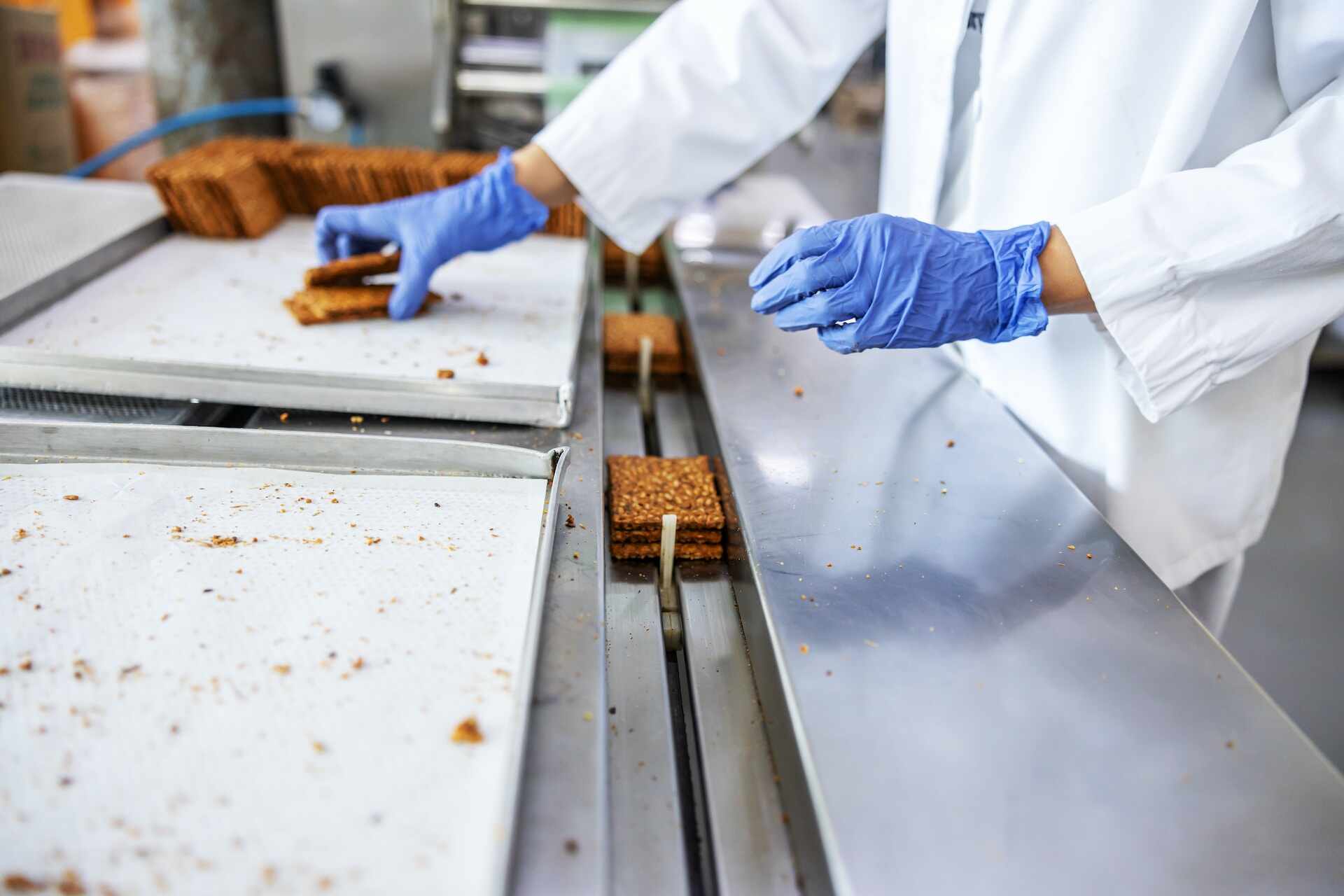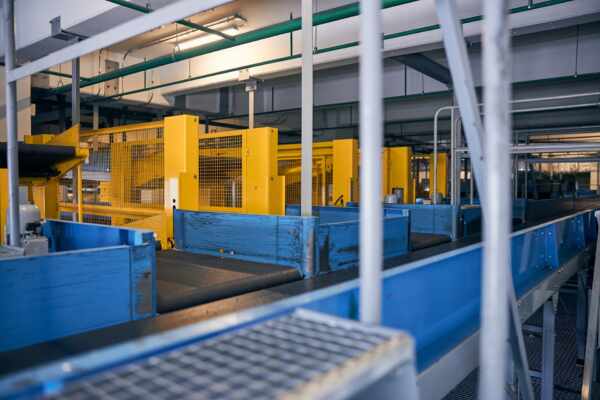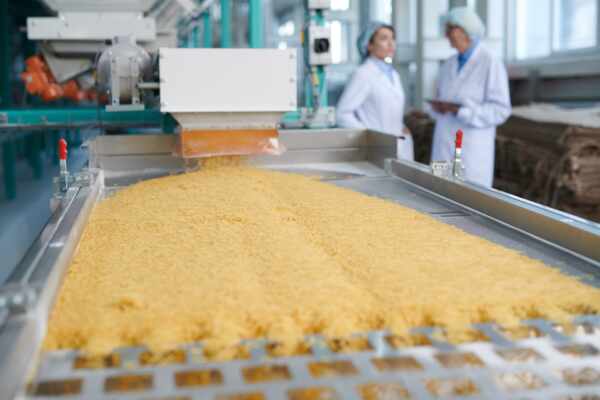Food quality control is of paramount importance in the food manufacturing industry. The conveyor belt systems used in food production lines play an integral role in ensuring food quality and safety are maintained throughout the manufacturing process. Whether handling raw materials, transporting products along the production line, or transferring finished goods to packaging stations, the conveyor belt system is continuously interacting with the food products, making their contribution to food quality control essential. Consequently, selecting the right conveyor belt system for your food manufacturing processes is crucial to effectively manage food safety and quality standards.
In this article, we will further discuss the role that conveyor belts play in food quality control, examining the importance of choosing the right conveyor system, maintaining proper sanitation, and adhering to food safety regulations. We will also explore factors to consider when selecting a conveyor belt system that meets your specific food manufacturing requirements while optimising efficiency, productivity, and food safety.
Selecting the Right Conveyor Belt System for Food Quality Control
It is imperative to choose the appropriate conveyor belt system for food manufacturing processes to maintain hygiene and quality. Factors to consider when selecting a conveyor belt system for optimal food quality control include:
1. Material: Opt for conveyor belt materials that meet food safety regulations and are resistant to chemicals, moisture, and temperature fluctuations. Popular food-safe materials include stainless steel, plastic modular belts, and fabric belts made from PVC, PU, or TPU.
2. Sanitation: The conveyor belt system should be easy to clean and maintain, thus preventing the build-up of bacteria, mould, or other foreign substances that could compromise food quality.
3. Food Contact Surface: The conveyor belt surface should be designed to minimise the risk of product contamination, ensuring product safety and quality. Consider using specialised conveyor belt surfaces for specific food handling requirements.
4. Efficiency and Productivity: The ideal conveyor belt system should offer smooth and efficient product handling, minimising product spillage, rejects, or damage while optimising productivity levels within the food manufacturing operation.
Maintaining Proper Sanitation in Conveyor Belt Systems
Regular cleaning and maintenance of conveyor belts are critical in maintaining food quality control. Proper sanitation procedures ensure that the conveyor belt system remains free from harmful bacteria and contaminants. To maintain proper sanitation, follow these guidelines:
1. Develop a Routine Cleaning Schedule: Establish a regular cleaning schedule for your conveyor belt system and ensure that all personnel involved in the cleaning process are trained and equipped with the necessary tools and knowledge.
2. Choose Appropriate Cleaning Methods: Select the appropriate cleaning methods and chemicals based on the conveyor belt materials and the food products being processed. Ensure that the cleaning agents used are food-safe and adhere to relevant food safety standards.
3. Inspect and Monitor: Regularly inspect and monitor the conveyor belt system for signs of wear, damage, or contamination. Address any issues immediately to prevent them from impacting food quality control.
Adhering to Food Safety Regulations
Compliance with food safety regulations is non-negotiable in the food manufacturing industry. To ensure that your conveyor belt system adheres to these guidelines, consider the following:
1. Regulatory Compliance: Ensure that the materials used in your conveyor belt system meet the necessary regulations for food contact, such as FDA regulations and European Commission guidelines.
2. Design and Layout: The design and layout of your food manufacturing operation, including the conveyor belt system, should comply with the relevant food safety standards, such as HACCP (Hazard Analysis and Critical Control Point) principles and GMP (Good Manufacturing Practice) guidelines.
3. Traceability: Select a conveyor belt system that allows for product traceability and monitoring to quickly identify potential product quality issues and take corrective action when necessary.
Factors to Consider When Optimising Efficiency, Productivity, and Food Safety
Finding the right balance between efficiency, productivity, and food safety is vital in food manufacturing. Consider the following factors to optimise these elements:
1. Customisation: Choose a conveyor belt system that can be customised to your specific food manufacturing needs, such as varying belt widths, curved routes, or inclines.
2. Handling Requirements: Consider your food products and their unique handling requirements when selecting a conveyor belt system. Examples of handling considerations include weight limits, temperature sensitivity, and product stability.
3. Energy Consumption: Lower energy consumption can contribute to your operation’s sustainability goals while reducing costs. Opt for conveyor belt systems that require minimal energy to operate, keeping in mind efficiency.
Conclusion
Conveyor belt systems play a pivotal role in ensuring optimal food quality control and safety in food manufacturing operations. By selecting the right conveyor belt system, adhering to proper sanitation procedures, and complying with relevant food safety regulations, food manufacturers can maintain food quality control and safety throughout the production process. Considering factors like material, sanitation, customisation, and handling requirements will help you select the best conveyor belt system for your unique food manufacturing needs, achieving an ideal balance between efficiency, productivity, and food safety.
Elevate your food quality control with the perfect conveyor belt system from Change Parts Pty Ltd. Connect with our team of experts today to explore our innovative range of conveyor belt systems, tailored to help you maintain the highest standards of food safety and quality in your food manufacturing operations.




